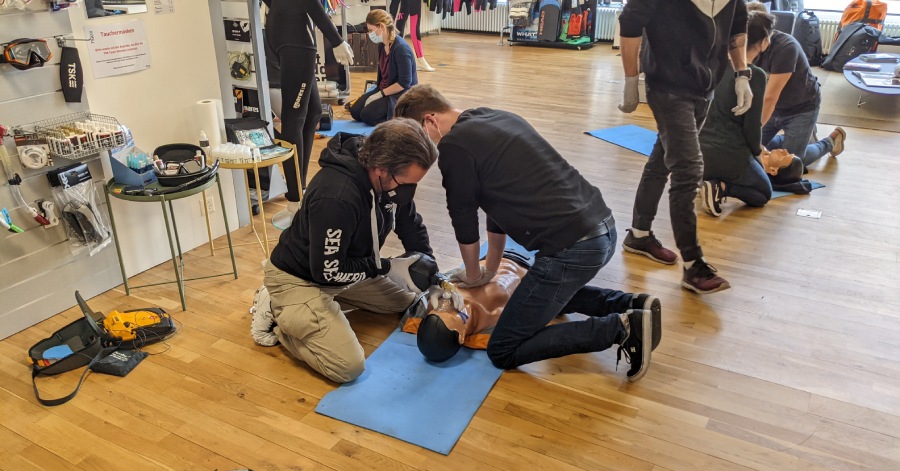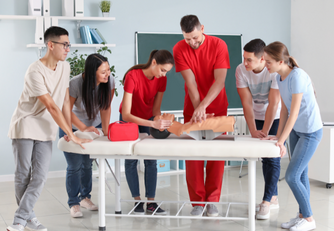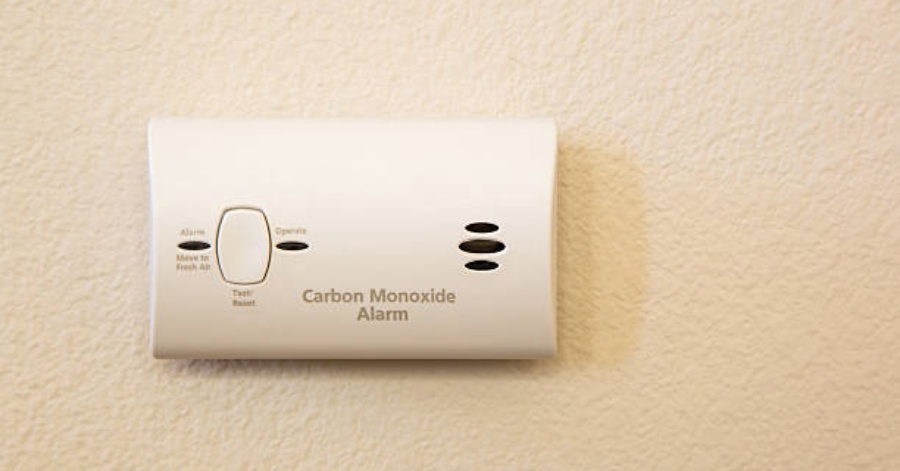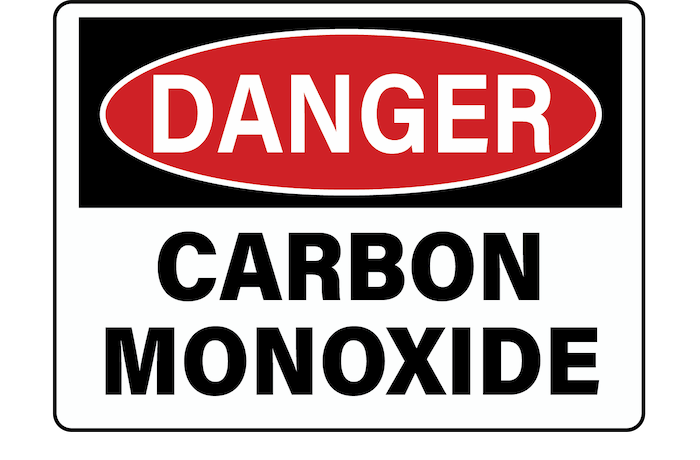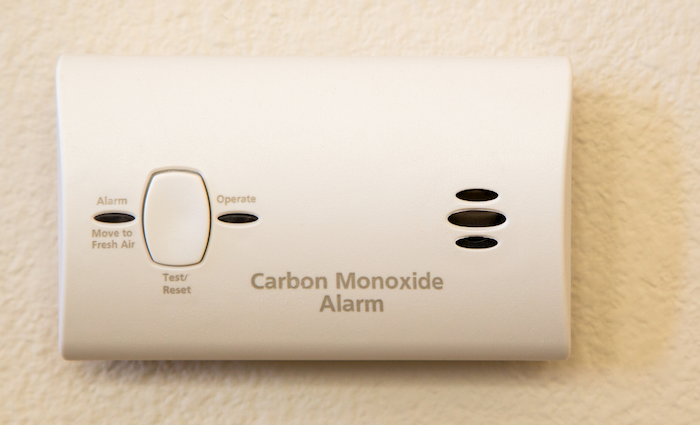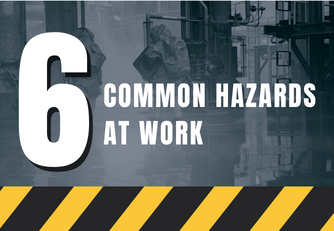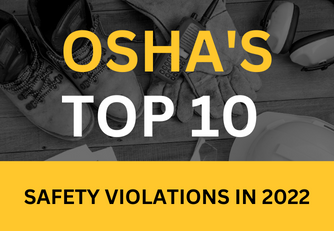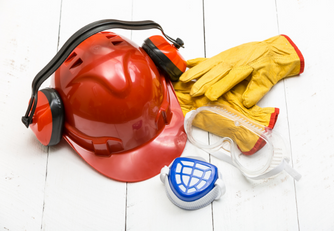The Essence of AHA Training in Modern Healthcare
The American Heart Association is pivotal in shaping the standards for life-saving procedures in healthcare, notably through its CPR and Basic Life Support (BLS) training programs. These trainings are not just about learning techniques; they are about instilling confidence and precision in healthcare professionals for emergency situations. AHA’s CPR training, in particular, ensures that medical personnel are adept at delivering quick and effective life-saving interventions, a crucial skill in any medical emergency.
Expanding beyond CPR, AHA’s BLS training encompasses comprehensive emergency response skills, including the use of automated external defibrillators (AEDs), managing choking incidents, and recognizing symptoms of critical conditions like heart attacks and strokes.
This holistic approach in training ensures that healthcare professionals are not only equipped with technical skills but also with a deep understanding of emergency scenarios, aligning them with the highest standards of patient care and safety in the healthcare sector.
Need AHA Training? Reach Out.

Defining AHA Training and Its Scope in Healthcare
American Heart Association training, recognized for its rigor in life-saving protocols, encompasses critical skills like CPR (Cardiopulmonary Resuscitation) and adeptness in AED (Automated External Defibrillator) usage. This specialized training is essential for healthcare professionals, providing them with the expertise necessary for rapid and effective response in cardiac emergencies. AHA’s approach prioritizes hands-on experiences, ensuring that these life-saving techniques can be executed proficiently in actual medical situations.
Beyond the foundational aspects of CPR and AED, AHA’s training extends into the comprehensive realm of Basic Life Support (BLS). This part of the curriculum covers a wider spectrum of emergency care skills, including effective patient assessment, airway management, and collaborative dynamics in urgent healthcare settings. The intent is to create a well-rounded skill set in healthcare providers, equipping them to navigate diverse and critical medical emergencies with confidence and efficacy.
The Evolution of AHA Guidelines and Their Impact
Over the years, the American Heart Association (AHA) has been pivotal in evolving its guidelines to align with the latest medical research and technological advancements. This continual adaptation ensures that healthcare professionals are equipped with up-to-date knowledge and techniques, especially in the realms of CPR and emergency cardiovascular care. The impact of these evolving guidelines is profound, directly influencing the quality of care and survival rates in critical situations.
The AHA’s commitment to ongoing research and development has led to significant improvements in how cardiac emergencies are managed. For instance, updates to CPR techniques and AED usage have streamlined the emergency response process, making it more effective. These advancements not only enhance patient outcomes but also bolster the confidence of healthcare providers in applying these life-saving skills.
Key Benefits of AHA Training for Healthcare Professionals
AHA training is fundamental in shaping the capabilities of healthcare professionals, especially in emergency care. The importance of AHA training is evident in its comprehensive CPR training, which equips medical staff with the skills to perform life-saving procedures effectively and confidently. Mastery in CPR, coupled with proficiency in AED (Automated External Defibrillator) usage, significantly increases the chances of survival in cardiac emergencies.
Moreover, AHA training goes beyond technical skills. It fosters a deeper understanding of patient care during critical moments, ensuring healthcare professionals are well-prepared for a variety of medical scenarios. This training is not just about responding to emergencies; it’s about enhancing overall patient care quality, which is a cornerstone in the healthcare profession.
Enhancing Patient Care and Emergency Response
AHA’s BLS training, including CPR and AED instruction, plays a vital role in enhancing the quality of patient care and the effectiveness of emergency response in healthcare settings. This training directly impacts patient survival rates during cardiac emergencies, emphasizing high-quality CPR and efficient use of AEDs. The result is a healthcare environment where immediate and skilled response to cardiac arrests becomes the standard, significantly improving patient outcomes.
Advancing Professional Competence and Confidence
Participation in AHA’s BLS training and Heartsaver CPR courses provides healthcare professionals with more than just technical skills; it fosters a profound sense of professional competence and confidence. This confidence is born from a deep understanding of emergency care, ensuring readiness and composure in a variety of medical situations. Such training elevates healthcare workers from competent practitioners to confident lifesavers, an invaluable asset in any emergency scenario.
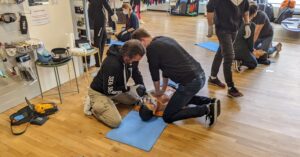
AHA Training: A Standard in Healthcare Professional Development
The American Heart Association’s training programs, particularly in CPR and ACLS (Advanced Cardiovascular Life Support), have emerged as key standards in healthcare professional development. Earning a CPR certification through AHA not only equips healthcare providers with essential life-saving skills but also signifies a deep commitment to patient care excellence. This certification is widely regarded as a fundamental credential in the healthcare sector, underscoring its importance in professional growth.
In addition, ACLS certification, another cornerstone of AHA training, elevates a healthcare professional’s ability to handle complex cardiac emergencies. This advanced training goes beyond basic aid techniques, delving into more intricate aspects of life support. Healthcare professionals pursuing ACLS certification demonstrate a dedication to mastering higher-level skills, essential for critical care environments.
Compliance with Healthcare Regulations and Standards
AHA training, particularly in areas like CPR certification and Heartsaver First Aid, plays a crucial role in ensuring compliance with various healthcare regulations and standards. These certifications are often required by healthcare institutions, reinforcing a uniform standard of care and preparedness across the industry. Completing this training signifies a healthcare professional’s adherence to nationally recognized guidelines and protocols.
Heartsaver First Aid and other aid training programs offered by the AHA are integral to this compliance. They provide healthcare professionals with the skills and knowledge necessary to meet the regulatory requirements in patient care. This not only includes proficiency in emergency response techniques but also understanding the best practices in first aid and resuscitation, which are vital components of healthcare regulation compliance.
The Role of AHA Certification in Career Advancement
AHA certifications are not just valuable assets for healthcare providers in their current roles; they also play a significant role in career advancement. Holding certifications like CPR, ACLS, and BLS from the AHA often fulfills continuing education requirements, which are essential for healthcare professionals seeking to progress in their careers. These certifications demonstrate a commitment to maintaining high standards of patient care and staying updated with the latest medical practices.
For those aiming to broaden their professional scope, becoming an AHA instructor is another pathway for career growth. This role not only enhances personal qualifications but also positions healthcare providers as leaders and educators in their field. As an AHA instructor, healthcare professionals gain the opportunity to impart valuable skills to others, while continually enhancing their own knowledge and expertise.
How to Access and Benefit from AHA Training
At EMR Safety and Health, we provide healthcare professionals with comprehensive access to American Heart Association (AHA) certifications and classes. Our offerings encompass a full suite of AHA programs, including initial certifications, renewals, and instructor-level courses. We offer both in-person and online training options, featuring courses like BLS Basic Life Support, ACLS Advanced Cardiac Life Support, Heartsaver Basic CPR, AED and First Aid, and PALS Pediatric Advanced Life Support, along with specialized courses on specific medical topics.
By choosing our AHA courses, healthcare professionals can not only achieve and renew their certifications but also ensure their skills are current and robust. Our varied course formats offer the flexibility to accommodate different schedules and learning preferences. These training opportunities are key to maintaining exemplary patient care standards and staying abreast of the latest developments in healthcare.
Need AHA Support? Contact Us.
Conclusion: Elevating Healthcare Standards Through AHA Training
AHA training, as provided by EMR Safety and Health, plays a pivotal role in elevating healthcare standards. Through a comprehensive range of courses from BLS and ACLS to Heartsaver CPR and First Aid, we empower healthcare professionals with the skills and knowledge necessary for exceptional patient care. Our commitment to offering both initial certifications and renewals, with flexible learning options, ensures that healthcare providers stay at the forefront of medical best practices.
By investing in AHA training, healthcare professionals not only enhance their own competencies but also contribute significantly to the overall improvement of healthcare standards.




